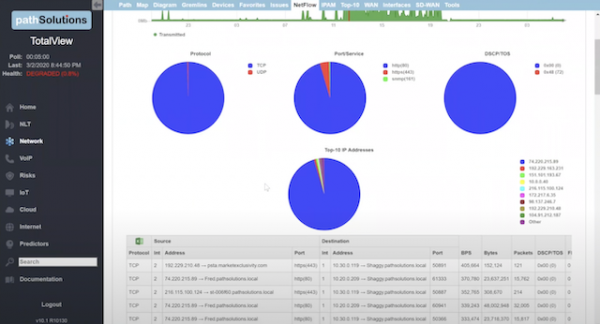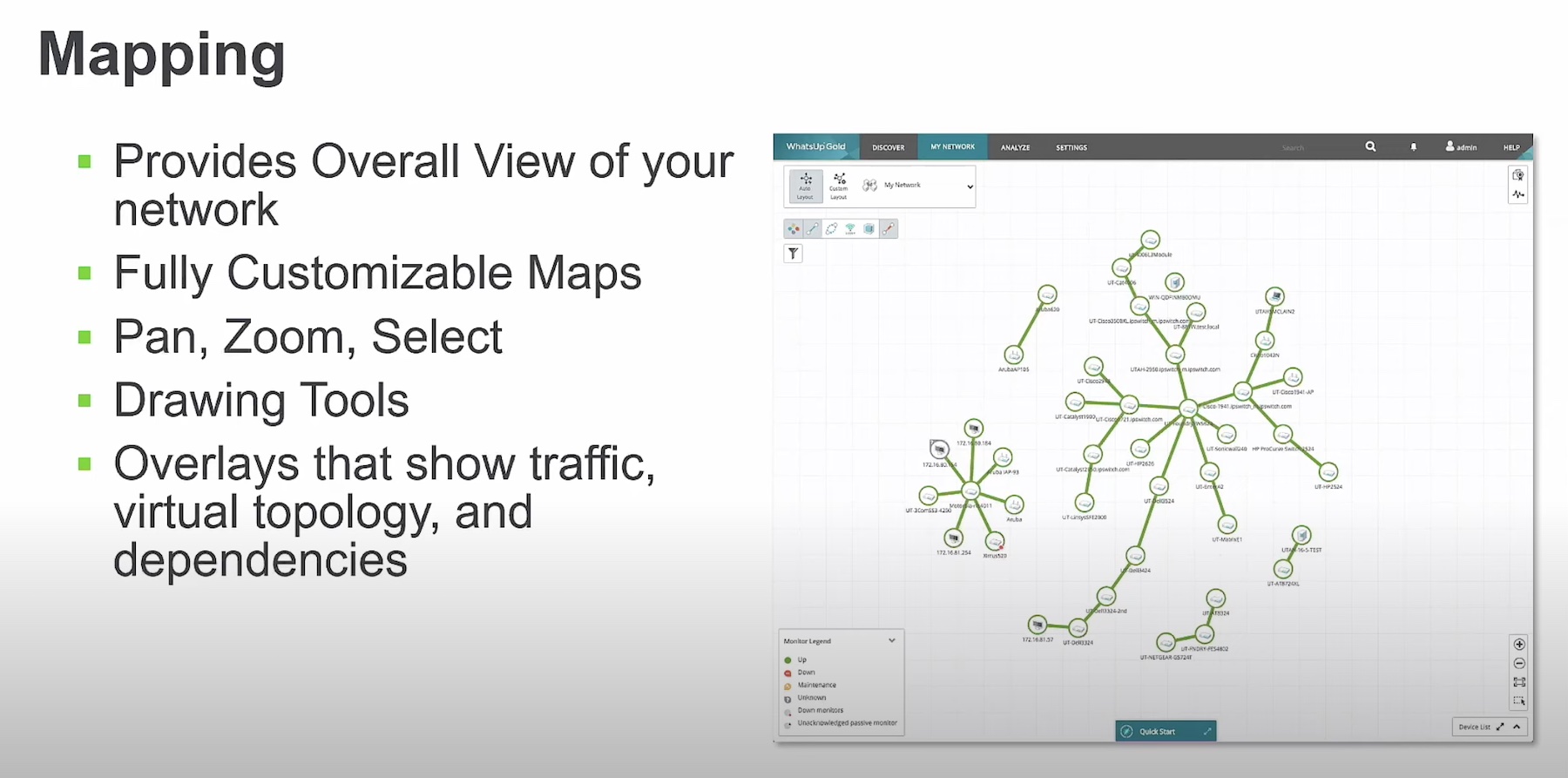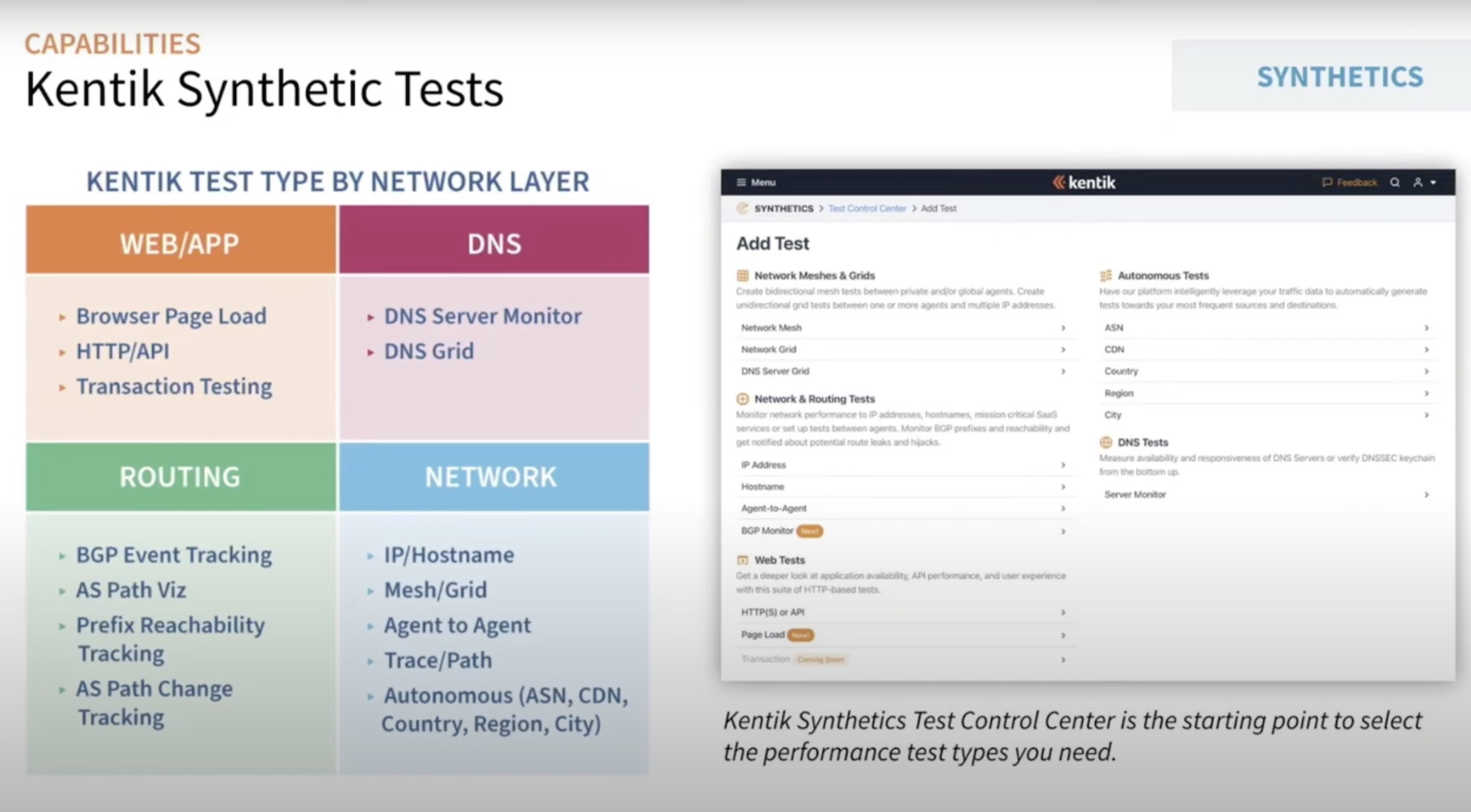PathSolutions has a network management tool named TotalView. PathSolutions prides itself on making things easy for users, simplifying product usability, and this system bears this idea out.
Features that TotalView Makes Easy
TotalView is simple to buy, all of its components are included in one license, and the license cost is based on the number of switch/router ports you have. The system can run well with a single high-performance instance. However, if you wish to have a more distributed deployment, there is no per-collector or other add-on licensing.
TotalView runs on Windows Server or Windows 10. Depending on the scale of what is managed, it can even run on a virtual machine.
TotalView consists of a simple all-included 80 MB install bundle, which PathSolutions claims takes 12 minutes to install. The system also provides ease-of-use features such as auto-discovery and automated management of devices – right out of the box.
With this network management tool, there is a focus on information, not just data with built-in alerting based on performance measurements and Syslog messages. TotalView also focuses on providing alerts and concise practical advice about how to fix the problem. It includes unified communications (UC) and security components, providing actionable troubleshooting and alerting tools while avoiding the morass of all the different UC vendor CDR databases.

More aspects of TotalView
TotalView lets you put in a bunch of credentials and learns which one(s) works per-device. PathSolutions claims that the SNMP queries are cleverly coded to improve polling performance compared to other tools – significantly.
TotalView has a mapping of device vendors and types to MIBs, and during discovery, figures out which MIBs a given device reliably provides information from. It does various forms of SNMP, including SNMPv3 and Cisco crypto SNMPv3.
For discovery, you supply a list of prefixes on which to discover devices. If you want, you can also limit discovery to, for example, the first 20 IP’s in a block – since some sites reserve the first 16 or 20 addresses in a /24 for network devices.
TotalView also monitors interface error stats, QoS drops, CPU, RAM, PoE, STP (for changes), CDP, LLDP, attached devices (MAC table, etc.?), and other information. It produces alerts based on those.
The system also has a degree of CLI automation. It collects configs and archives them, and emails what changed.TotalView contains a tool to help diagnose remote worker network performance problems.
Given IP endpoints (ok, for UC, you have to dig them out of the Call Manager), it determines the path, displays it, and shows you any known issues along the path.
I could go on and on, but I’m trying to give you the highlights.
As a follow-on, you might RTFM. It’s only 243 pages, adequate for using the product, but doesn’t quite convey the flavor of using the product.

Evaluating a Network Management Product
While the above is a highly positive rave about what I’ve seen in the demos, I strongly recommend that you do a proof of concept (POC) test before purchasing any network management product.
Give the product a workout.
I hear/see that most people who go this route don’t manage to reserve a minimum of two to four solid weeks to proof of concept (POC). They do a light POC, buy the product, and possibly regret it later – even for $1M products. Management buy-in and reserved time for a POC is crucial.
Here are some things to think about in general: Beware of the sales words ‘you can’… the question is, how easily can you? Is it automated, or do you have to enable something one device or interface at a time? Know your product and what it can do. Find out what is included in which package or module, for example, what monitoring is done automatically, what is possible but requires manual setup? Find out the licensing costs and what the product does or does not do.
Hopefully, you will test some of the most important things to your organization during the POC stage. In advance, build a list of those features and test them to make sure they are reasonably easy to use and work reasonably well.
Check out the monitors or tests and how automated additional service monitoring aspects such as ping tracking, traceroute/route tracking, server response tracking, etc., are.
Finally, observe how many times you had to RTFM or get tech support via the salesperson: ease-of-use.
Conclusion
PathSolutions has an interesting looking network management product. Some of the network, UC, and Security features may have their limitations, likely driven by the fact that PathSolutions is not a huge company. PathSolutions seems highly focused on delivering substantial value while keeping the product as simple to use as possible.
PathSolutions’ video and blogging ‘footprint’ with Tech Field Day (Networking Field Day 23 plus other events) can be found here.
Disclaimer: This is a paid blog. I have not installed PathSolutions nor worked with it due to limited time availability. Yeah, excuses, excuses.
Learn more at Advanced Network Monitoring & Root-Cause Troubleshooting with PathSolutions TotalView or on the PathSolutions website.




